Why Is Upstairs More Humid Than Downstairs?
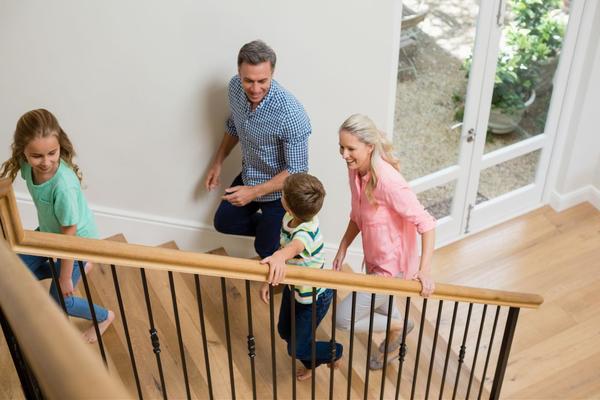
Is your home more humid upstairs than downstairs?
On a hot, humid day, we often seek out the lowest levels of the home because it tends to be cooler and less humid. However, if the upstairs area is sweltering and humid in comparison, you might have an issue on your hands.
We’ll first look at why the upstairs of homes are generally more humid due to how hot air rises and what is a healthy indoor humidity range. Then, we’ll review the common causes of unhealthy humidity levels upstairs, including:
Need help controlling the humidity in your Twin Cities home?
MSP can help! We have more than a century of experience installing high-efficiency AC systems with great dehumidification functionality. Whether your AC needs repair or maintenance, we’ve got you covered. We’ll show up promptly, provide upfront pricing, and complete the job to your 100% satisfaction. For speedy scheduling, call us at (651) 228-9200 today.
Why Hot Air Rises and Has Higher Humidity
It’s normal for the upper floors of a home to be hotter and more humid than the lower ones simply because hot air always rises up.
When air heats up, it expands and becomes less dense. With less surrounding matter, the hot air rises. On the other hand, cooler air is denser. So, it contracts and remains closer to ground level.
Healthy Indoor Humidity Range
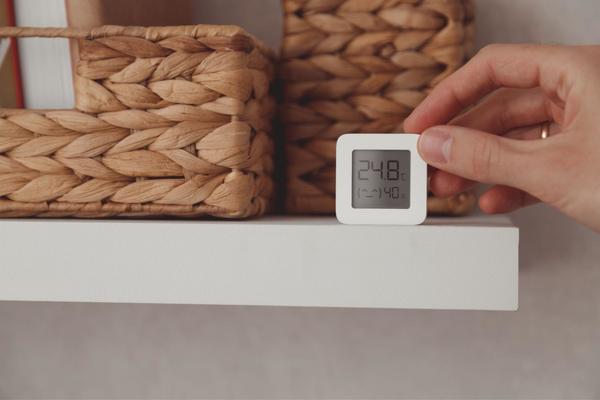
Use a hygrometer to check your home’s humidity levels.
It’s normal for a home's upper floors to have a humidity range of 1% to 5% higher than the bottom floors. Once this humidity range exceeds 5%, you might be experiencing indoor humidity problems.
Don’t ignore these problems. Humidity isn’t just uncomfortable—it’s also dangerous to your entire home as the extra moisture can encourage the growth of mold and mildew.
Causes of Unhealthy Humidity Upstairs
Higher humidity levels upstairs are generally caused by the following three reasons.
Poor Insulation
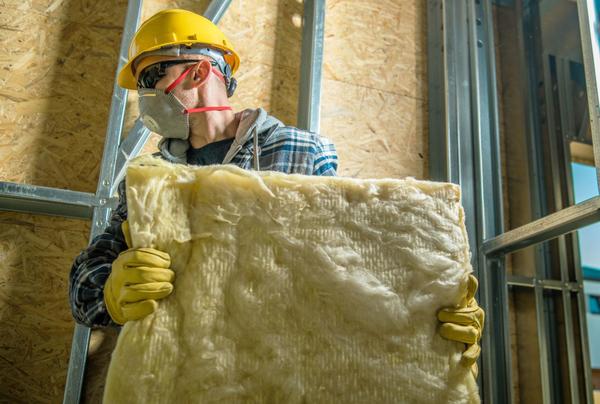
Poorly insulated attics can make the upstairs feel more humid.
Most people don’t think much about insulation during the summer months, but it works just like it does in the winter. It reduces the amount of conditioned air escaping the home.
Homes without enough insulation—especially in the attic or older homes—will have more hot outdoor air entry. The cooler air escapes through cracks in the attic or basement.
To fix this problem, add more insulation. Your attic should have insulation rated at R-38 to R-49, while your floor level insulation should be R-25 to R-30 for the best level of protection. R-value measures how well a home’s insulation can protect against heat transferring inside during summer and outside during winter.
More insulation will make your home more comfortable with more evenly-cooled air and help reduce your energy bills by increasing your AC system’s effectiveness. Due to the drastic weather changes, Minnesota homes need proper insulation. Otherwise, you’ll feel uncomfortable indoors, no matter how low or high you set the thermostat.
Leaky Ductwork
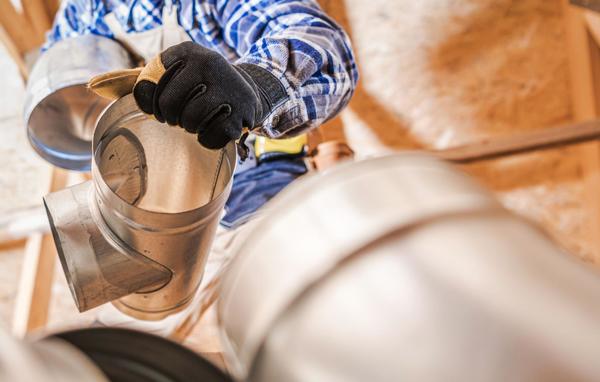
Leaky air ducts cause high humidity levels upstairs.
Another common problem that causes high humidity is leaky ductwork.
For example, when your air conditioner is in the basement, it takes a lot of work for that cooled air to travel through all the ductwork to the highest floor. When the conditioned air reaches its destination, it will be warmer. This effect is made worse with gaps and holes in the ductwork, allowing the air to leak and never arrive at the upper floors.
Leaky ductwork also pulls in more hot, humid air into the system, making it work harder to produce cooled air. Your AC system using more energy will increase your energy bills.
If you notice any of these signs, let MSP take a look. An AC tune-up could help, but you may need ductwork repairs in some instances.
Improperly Sized AC System
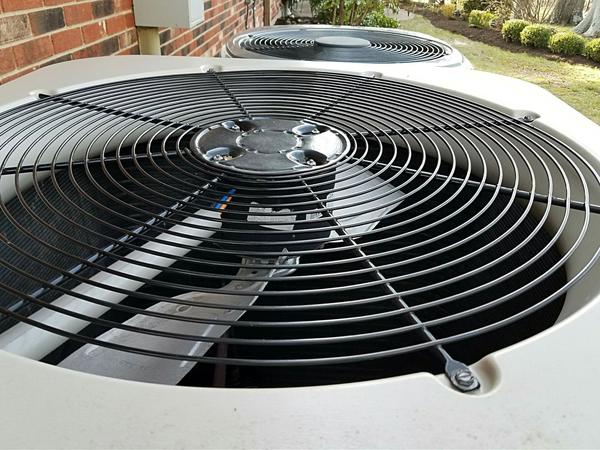
An AC system that is too big or small for your home will increase humidity.
The third cause of a humid upstairs area is an improperly-sized air conditioner. A too-big or too-small system decreases performance and increases humidity levels.
An AC that is too small will run longer to meet your cooling demands. But your home may simply be too big, and the system can’t push out enough cool air upstairs. And, since hot air naturally rises, upstairs will be more muggy and uncomfortable.
Conversely, you could have humidity problems if the air conditioner is too big. A larger system will run for a burst of time and then shut off because it senses the temperature meets your desired settings. Referred to as “short cycling,” your AC constantly turns on and off. Without a long enough cycle, it can’t remove enough moisture from the air, causing high humidity throughout the home—especially in places where hot air naturally rises.
Contact a licensed HVAC technician for advice if you suspect that your AC is the wrong size for your home. Depending on your home and circumstances, they may recommend a system replacement. If you install a new AC, make sure they perform a load calculation beforehand to ensure you get the appropriate system for your home size and comfort.
Want to Get Your Indoor Humidity in Line? Turn to Minnesota’s Most Trusted HVAC Pros: MSP!

Contact MSP for experienced and high-quality AC services in Twin Cities, MN.
Since 1918, MSP has proudly served Twin Cities homeowners with outstanding quality AC installations, AC repairs, and AC maintenance. If your indoor humidity levels or air quality is poor, rest assured that our team of experts will find the best possible solution for your comfort needs and budget.
Call us at (651) 228-9200, and we’ll provide the fast, friendly, and reliable service we’ve staked our reputation on for over 100 years. You can also click below to schedule a convenient appointment online.
